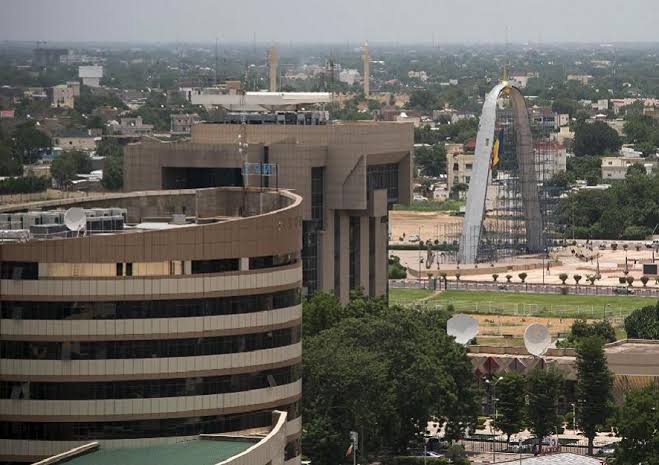N’Djamena, Chad
N’Djamena was founded as Fort-Lamy by French commander Émile Gentil on May 29, 1900, and named after Amédée-François Lamy, an army officer who had been killed in the Battle of Kousséri a few days earlier. It was a major trading city and became the capital of the region and nation.
During the Second World War, the French relied upon the city’s airport to move troops and supplies. On January 21, 1942, a lone German
He 111 of the Sonderkommando Blaich successfully bombed the airfield at Fort-Lamy, destroying oil supplies and ten aircraft. Fort-Lamy received its first bank branch in 1950, when the Bank of West Africa (BAO) opened a branch there.
On April 6, 1973, the President François Tombalbaye changed its name to N’Djamena (taken from the Arabic name of a nearby village,
Ni??m?n?, meaning “place of rest”) as part of his authenticité program of Africanization . The city was occupied by Libya during the 1980–81 Libyan intervention as part of the Chadian–Libyan conflict and the associated transitional Government of National Unity.
The city was partly destroyed during the Chadian Civil War, in 1979 and again in 1980. In these years, almost all of the population fled the town, searching for refuge on the opposite bank of the Chari River in Cameroon, next to the city of Kousseri . The residents did not return until 1981–82, after the end of the clashes. Until 1984, facilities and services were subject to strict rationing, and schools remained closed.
The period of turmoil in the city was started by the abortive coup attempted by the northerner Prime Minister Hissène Habré against the southerner President Félix Malloum : while Malloum and the national army loyal to him were defeated, the intervention in the battle of other northern factions rival to that of Habré complicated the situation. A temporary truce was reached in 1979 through international mediation, establishing the warlord Goukouni Oueddei as head of a government of national unity with his rival Habré as Defense Minister. The intense rivalry between Goukouni and Habré caused the eruption of new clashes in the city in 1980; N’Djamena found itself divided into sectors controlled by the various warlords. The tug-of-war reached a conclusion after many months only when Goukouni asked for the intervention of the Libyans, whose tanks overwhelmed Habré’s defenses in the capital.
N’Djamena’s primary economic source is agricultural work. About 80% of the population within N’Djamena works within farming-based industries, including cultivation of crops and growing livestock . The economy in N’Djamena is therefore almost totally reliant on good weather, making the economy struggle in years with low rainfall. N’Djamena receives financial aid from the World Bank , as well as the African Development Bank . There is a high demand for skilled laborers within N’Djamena to work for oil and gas sectors, as well as laborers for foreign
non-governmental organizations , medical services, and English teaching. Residents of N’Djamena are liable to pay tax up to a maximum amount of 60% of all net income. Simply the best from Cometowestafrica.


